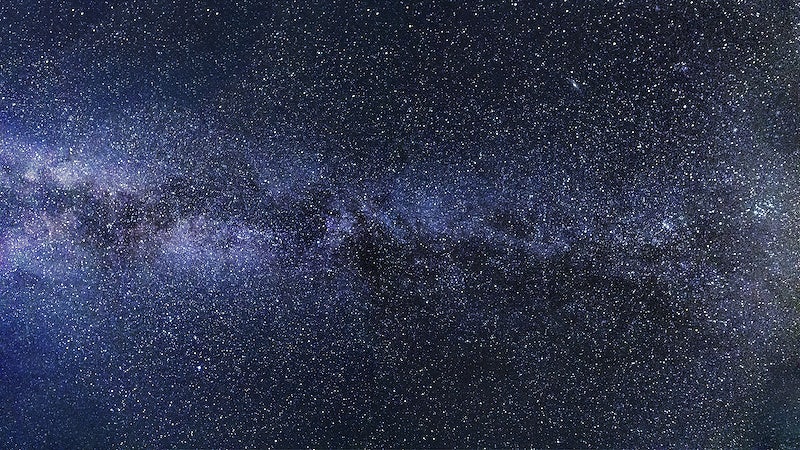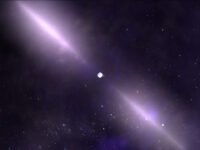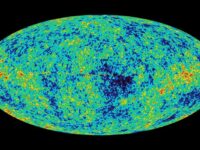Some people are familiar with gamma rays, known as gamma radiation, from their high school science courses or as what caused Bruce Banner to turn into the Hulk. This energetic form of light is the result of the decay of atomic nuclei. It is most common in space and usually ends up being absorbed by the Earth’s atmosphere. In order to see gamma rays, satellites or high-powered telescopes are needed. This is due to the fact that the radiation can originate thousands of light-years away from Earth and shine about a million trillion times as bright as the sun. Differing slightly from gamma rays, these “gamma-ray bursts” are intense blasts of gamma rays found in high-energy explosions. Furthermore, gamma-ray bursts can transcend galaxies and can last anywhere from a millisecond to a few hours.
Gamma-ray bursts were first found in the 1960s by United States satellites as they tried to see if nuclear weapons tests were still occurring in the Soviet Union. These bursts can be categorized into distinct groups. Seventy percent of bursts last for more than two seconds and are followed by a measurable afterglow, which is considered the brightest source of cosmic photons in the universe. These bursts are believed to be the result of the collapse of large stars in a supernova event that creates neutron stars or black holes in space. The other group of bursts is those that last under two seconds and result from mergers between stars. Specifically, evidence has emerged linking these collisions to mergers at various burst frequencies. These mergers can involve two neutron stars crashing into one another or a neutron star being swallowed into a black hole, in an event known as a “kilonova.”
On Oct. 9, 2022, the largest and most powerful gamma-ray burst ever was recorded passing through the solar system. Nicknamed “GRB 221009A,” the burst was so massive that it was estimated to be the result of a black hole’s birth, formed in the heart of a massive star collapsing from its own weight. According to NASA, this occurs as “a nascent black hole drives powerful jets of particles traveling near the speed of light” and those jets pierce the star, emitting observable energy.
Nicknamed ‘GRB 221009A,’ the burst was so massive that it was estimated to be the result of a black hole’s birth, formed in the heart of a massive star collapsing from its own weight.
The burst set the record with its afterglow, and data is currently being studied at universities across the world through the use of multimillion-dollar equipment. It is estimated that GRB 221009A came from the constellation Sagitta, which can be found 1.9 billion light-years away from Earth. And while that distance may be unfathomably far, the burst lasted for over 10 hours. Brendan O’Connor, who led a team from the University of Maryland and George Washington University to study the afterglow, said it had smashed “all records at all wavelengths.”
But why does this burst matter? Despite being a once-in-a-lifetime event, the close proximity to the Earth makes the data easier and more clear to understand. And yes, in terms of the massive scale of the universe, 1.9 billion light-years is considered relatively close to Earth. While that may seem far-fetched, there is comfort in knowing that bursts like these are so far away. If a gamma-ray burst occurred within 5,000 to 8,000 light-years away, there would be catastrophic consequences to life on Earth, from DNA damage to chemical reactions in the atmosphere. One even closer and at the magnitude of GRB 221009A could even cause a mass extinction level event.
Data can provide concrete evidence of these explosions and how they relate to the birth of black holes.
So while gamma-ray bursts occur billions of light-years away, the hope is that perhaps the data can provide concrete evidence of these explosions and how they relate to the birth of black holes. More importantly, the cause of these bursts could be used to help revolutionize research into dark matter models or understand the behavior and interaction of matter at the speed of light. Either way, the close proximity of this burst allows scientists to test and observe various details that would otherwise be unseeable. This could change the trajectory of human understanding of the universe.
Image courtesy of Rawpixel





